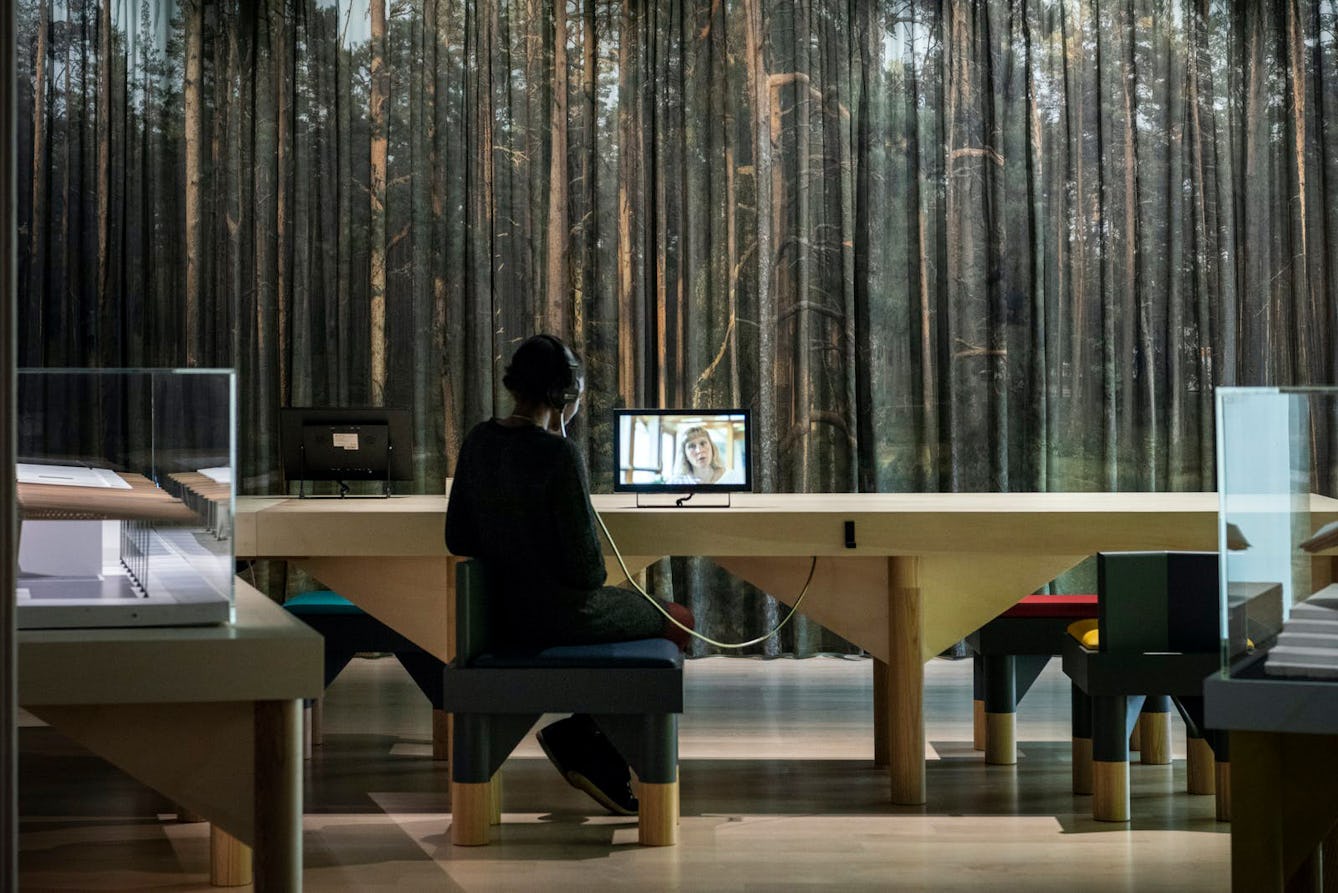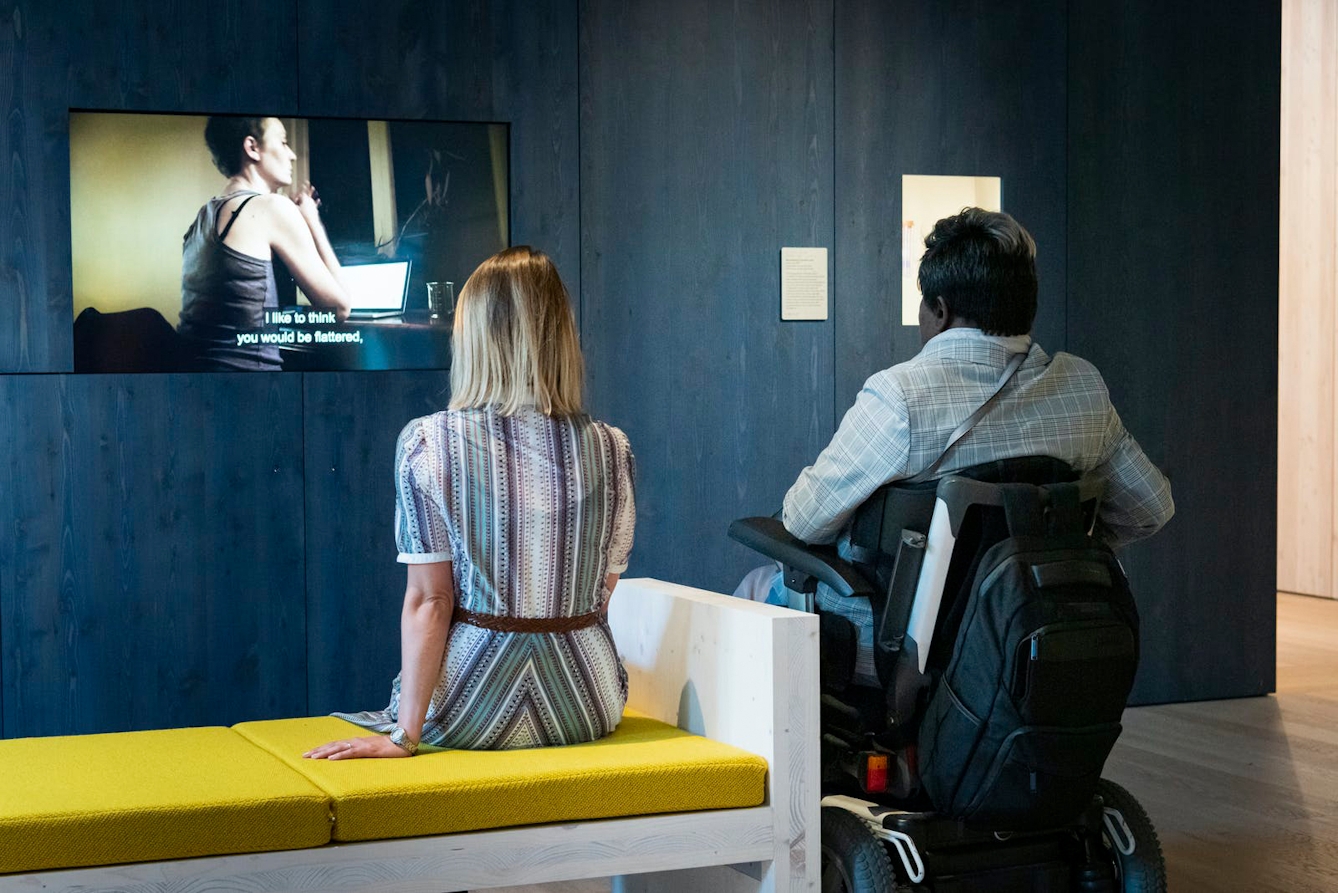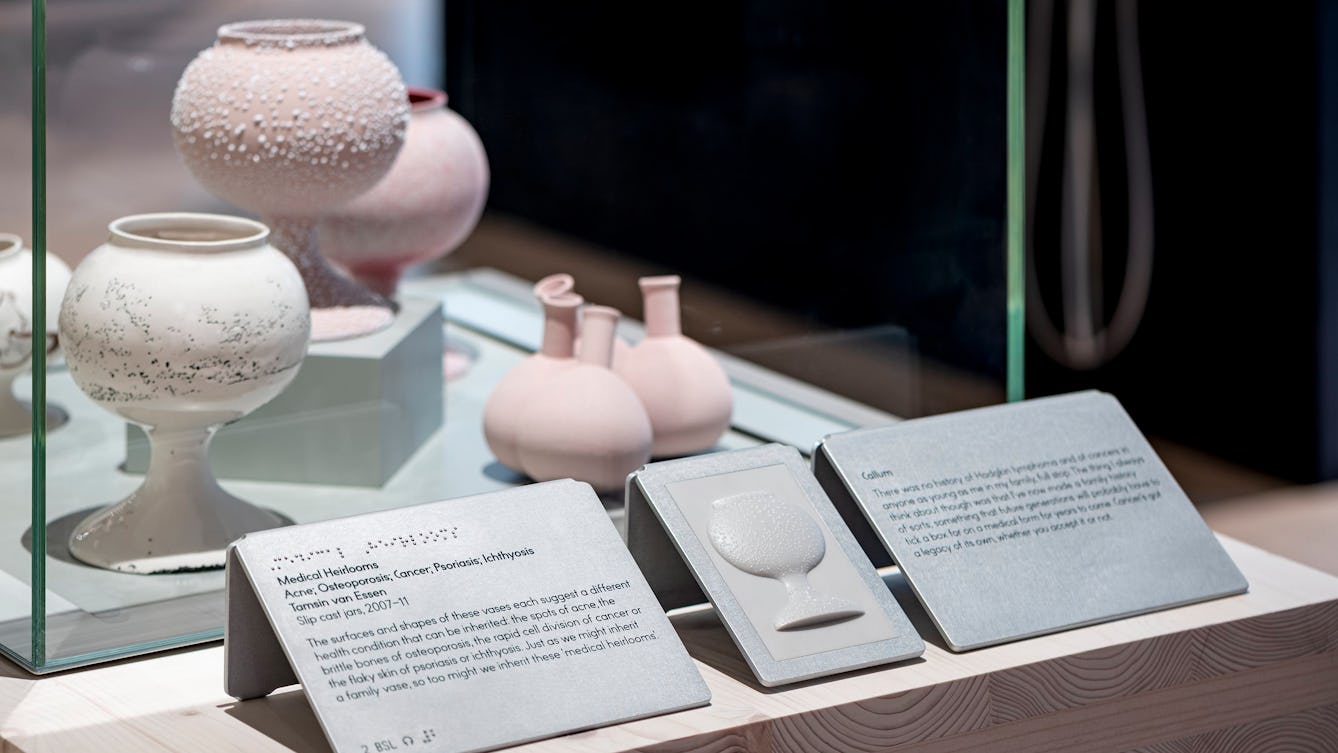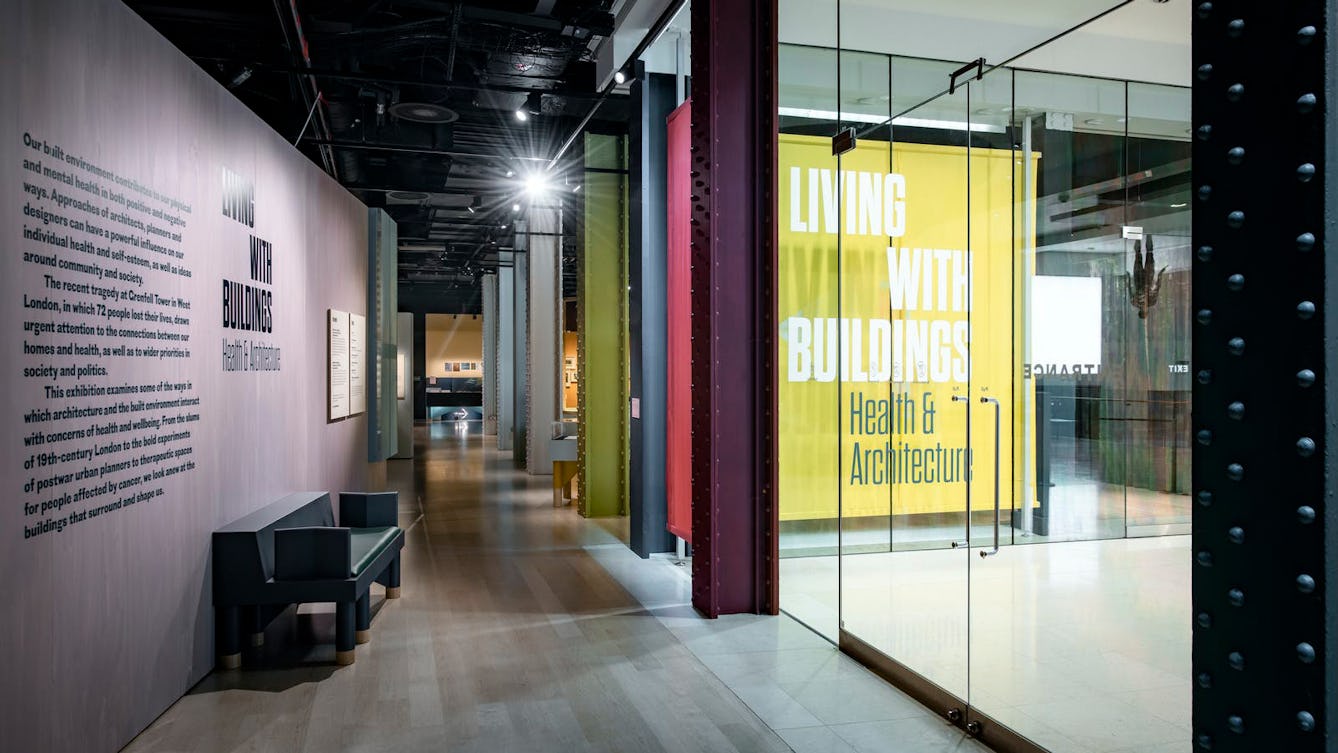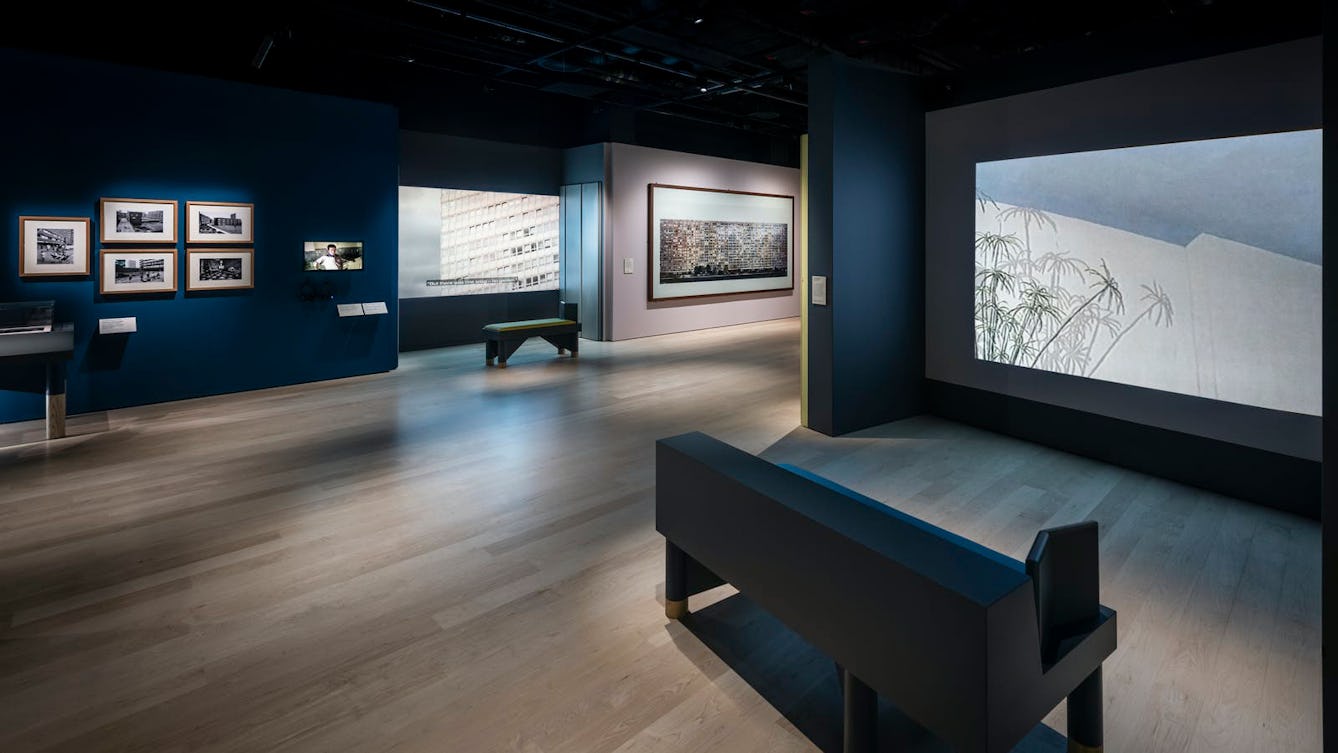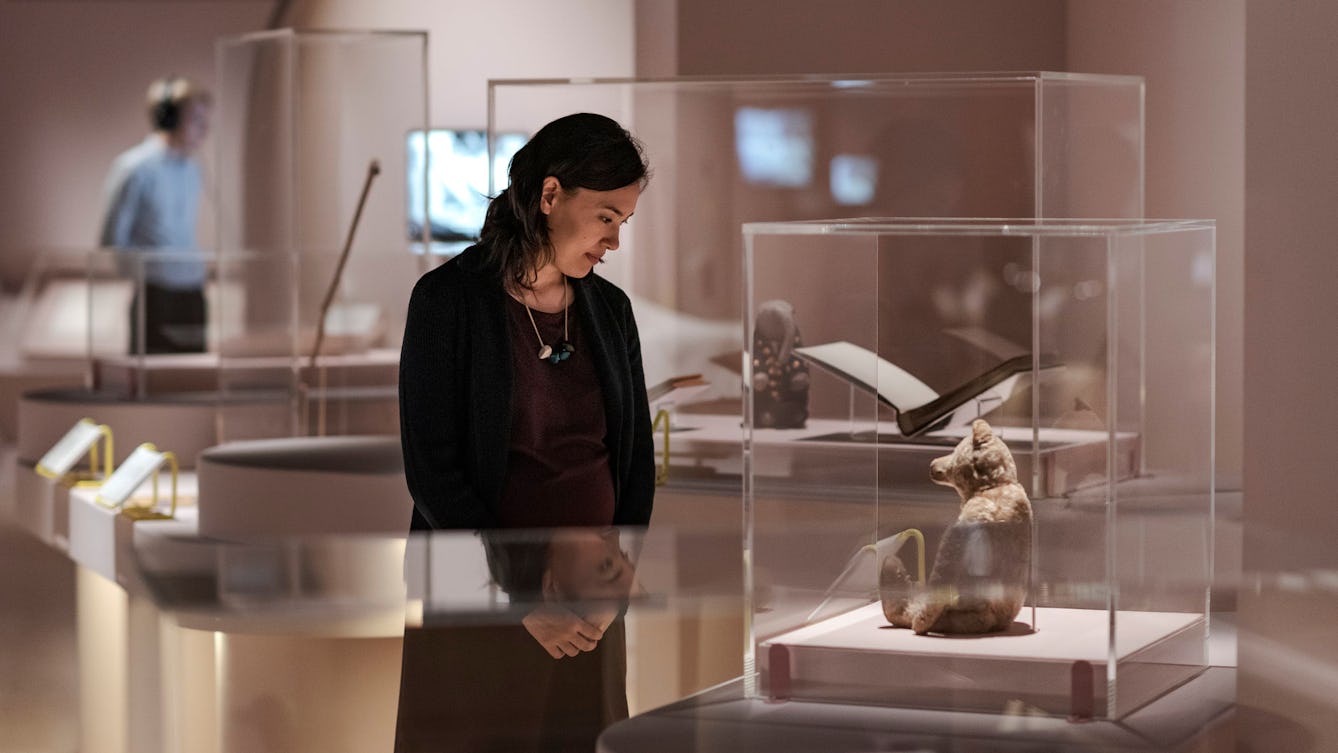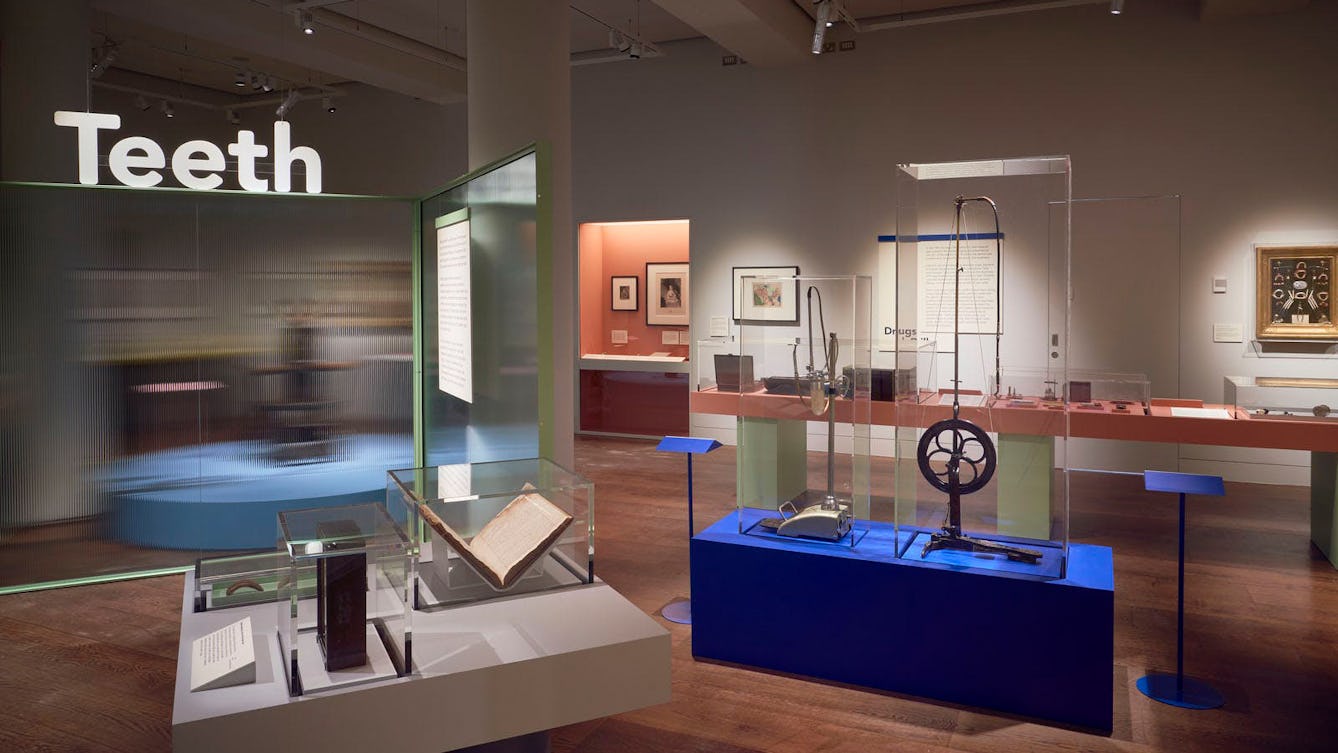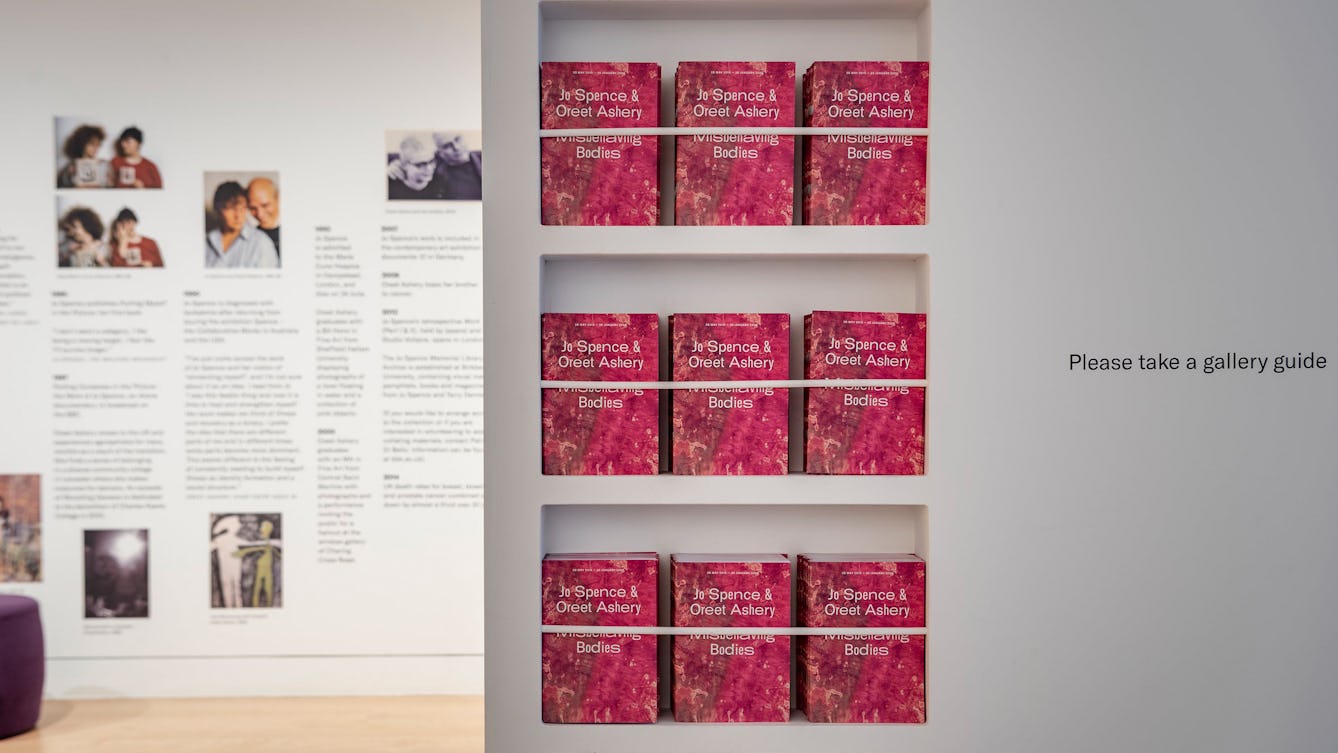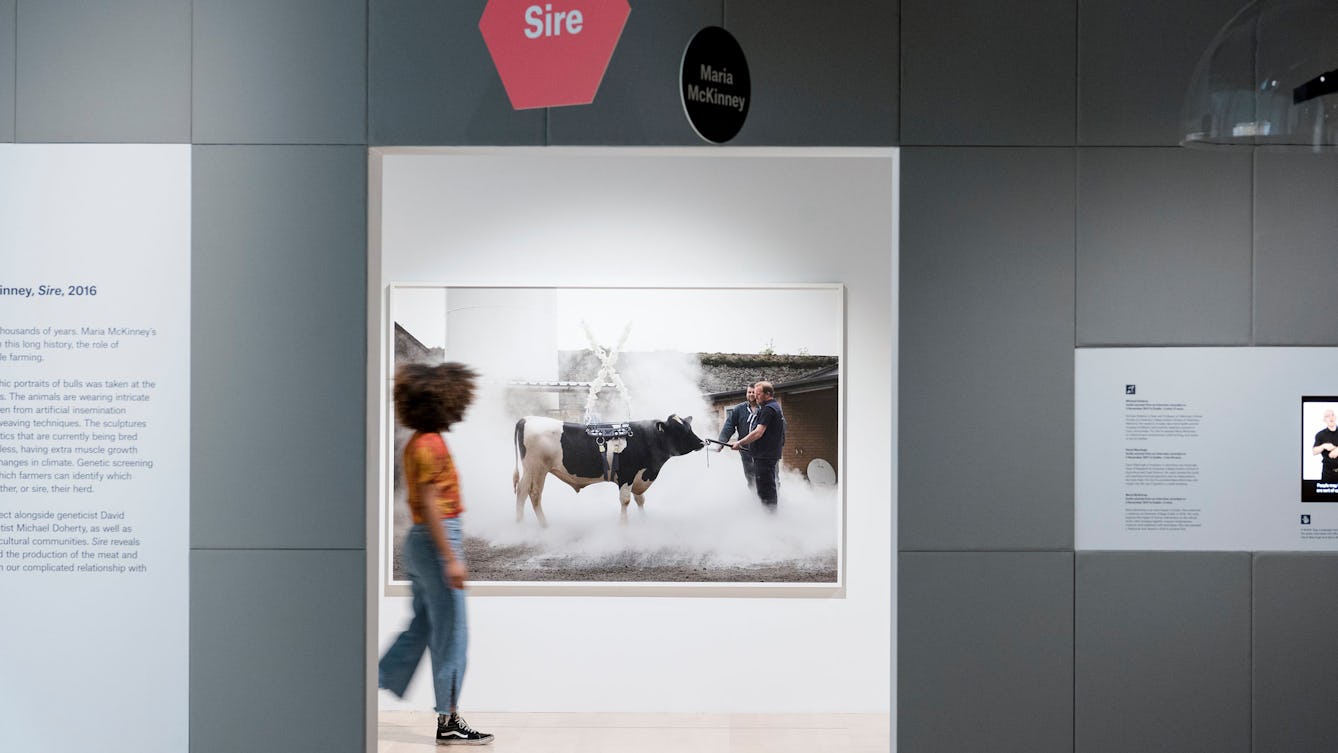Principles for positioning audiovisual work in an exhibition space
When deciding the position and installation of AV work, consider the following for each installation:
- Whether the work is intended to be viewed by individuals or by groups
- AV display size in relation to viewing range. The larger the display, the further back the viewing point and optimum area for sound
- Clearly indicate the duration of the piece on the object label
- The position of an AV piece in relation to exhibition flow and visitor dwell times. Will it cause bottlenecks? Can it be set aside from the main flow of the exhibition? Does it require an acoustic barrier? Does it require blackout viewing conditions?
- If the work is open-ended and looped, how long do you anticipate visitors will want to spend interacting with it?
- Can visitors clearly hear sound connected to AV objects and interactives? Indicate on the interpretation label if there is no sound
- Can sound clashes be prevented by the spacing and positioning of AV objects? If not, consider whether acoustic barriers can be created with surrounding ceilings, walls or floors
- If AV content requires a separate viewing room, ensure that space for wheelchairs is easy to access and that seating is highlighted and easy to locate. T-loop signage should be displayed on the outside of the booth and the optimum area for T-loop reception should also be clearly highlighted inside the space (for example, on a seat surface)
- Entrances to screening spaces should be 1500 mm wide and easy to navigate. Consider how to achieve this while maintaining sufficient blackout and preventing glare on screens or projections
